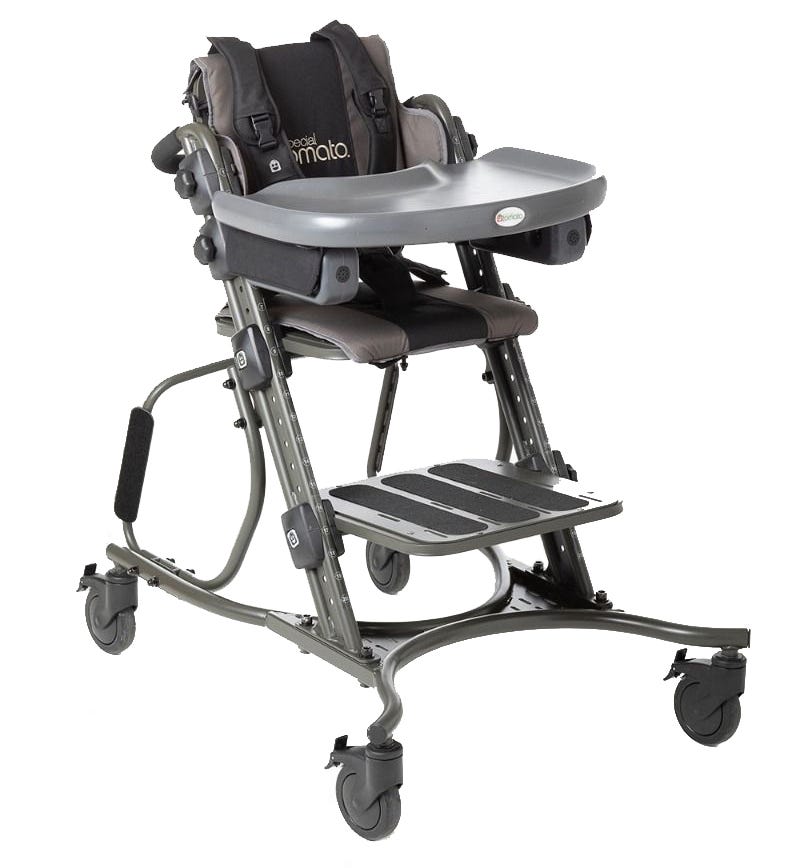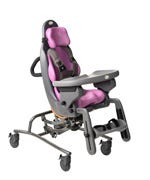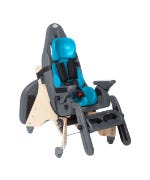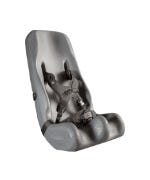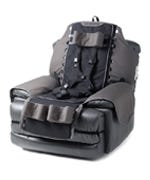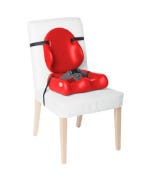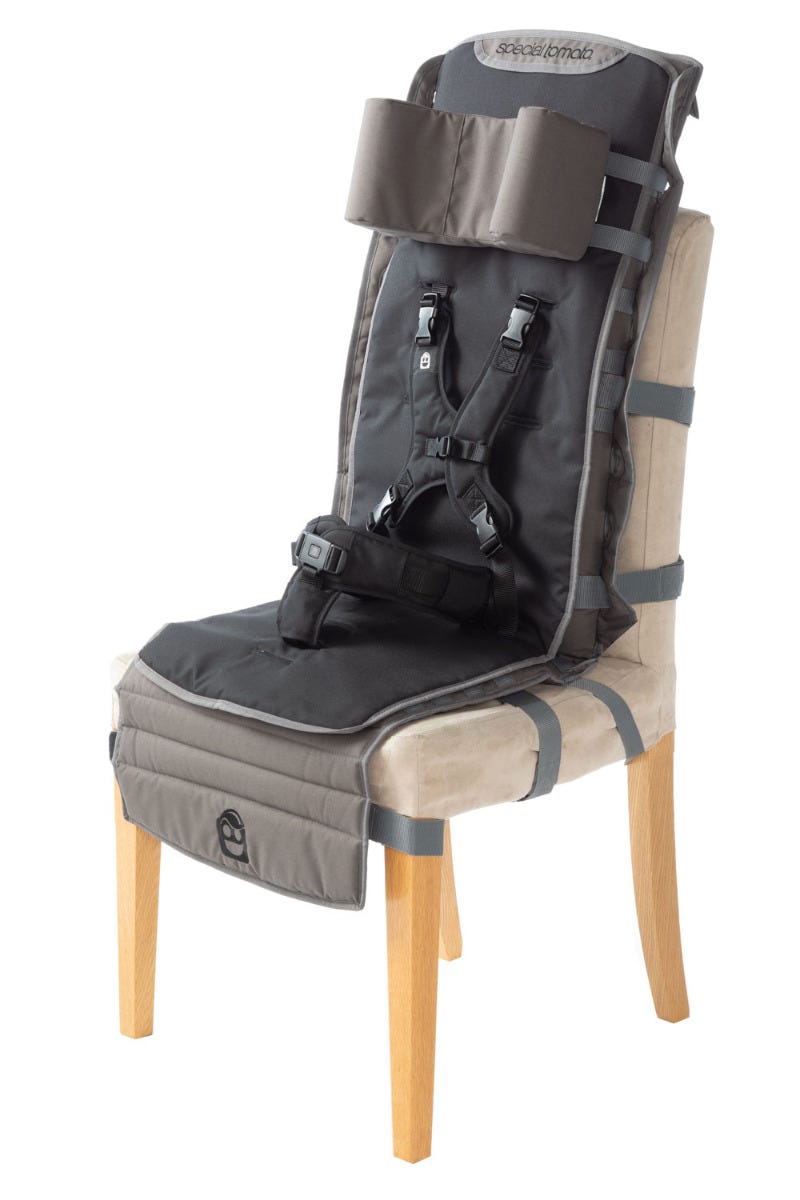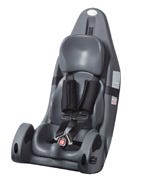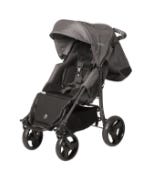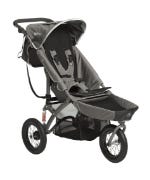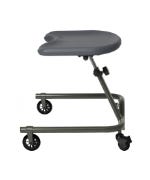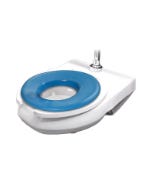Understanding Car Seats versus Booster Seats
Car Seats and Booster Seats are a must for all children when traveling in a vehicle. When a child has special needs, fully understanding these safety seats becomes even more important. So, let’s go back to the basics.
Most babies will come home from the hospital in a rear facing car seat. Exceptions are sometimes made for premature infants and babies with medical conditions that cause them to be unable to tolerate sitting in a semi-reclined position. These children can experience negative changes in heart rate, breathing or oxygen saturation levels. Medical staff may require these children to ride in a car bed rather than a traditional car seat. Car beds allow babies to lie down while traveling. When your baby rides in a rear-facing child safety seat, his or her upper body- head, neck and spine- is cradled by the back of the child safety seat in case of a frontal crash, which is the most common type of crash. Children should remain rear facing until they are 2 years old or until they have reached the maximum weight or height allowed by the car seat as stated by the manufacturer. The American Academy of Pediatrics (AAP) recommends that children 2 years or older, or those younger than 2 who have outgrown the weight or height limits for their rear-facing safety seat, be restrained — in the back seat of the car — in a forward-facing safety seat with a harness for as long as possible, up to the highest weight or height allowed by the manufacturer of the car seat. You know your child is getting too tall for his or her forward-facing car seat when the top of his or her ears reach the top of the seat. Switch to a belt-positioning booster seat when your child has outgrown the car seat and he or she is too small to fit properly in the vehicle’s lap/ shoulder belt. The child should remain in a belt-positioning booster seat until the lap/shoulder belt fits properly (across the center of the chest and low on the hips touching the thighs) typically when they have reached 4’9” tall and are between 8 and 12 years old. When used correctly, a belt-positioning booster seat helps to prevent injuries in a crash.
So what’s the Difference? Car Seats versus Booster Seats.
Car Seats:


- The Car Seat is secured to the Vehicle’s Back Seat using the car’s Lap/ Shoulder Belt or LATCH System. (The LATCH-Lower Anchors and Tethers for Children-System can be found in vehicles made after September 1,2002 and was developed to make it easier to correctly install child safety seats without using seat belts.)
- A 5-Point Harness secures your child to the Car Seat. The term 5-Point refers to the number of places the harness is attached to the car seat- 2 at the shoulders, 2 at the hips and 1 between the legs. This is the same type of restraint race car drivers use to keep them safe!
- Positioning features are available to ensure that your child maintains a well aligned upright position. You will find that car seats come standard with some positioning features but there are usually optional accessories that can be purchased at additional cost to customize the postural support to your child’s specific needs.
Booster Seats:


- The Booster Seat rests on the Vehicle’s Back Seat. Some models offer a Latch System to secure it to the vehicle’s seat so that it doesn’t move when not in use.
- The Booster Seat raises your child so that the vehicle’s lap/ shoulder belt is properly positioned across the center of the chest and low on the hips. The vehicle’s lap/ shoulder belt SECURES BOTH your Child and the Booster Seat to the vehicle.
- If a Booster Seat includes a 4-point or 5-Point Harness, it is only to help with maintaining your child’s alignment in the car seat. It does not act as a protective restraint. When using a Booster Seat, the vehicle’s lap/shoulder belt is the protective restraint placed on your child.
- Positioning features are available to ensure that your child maintains a well aligned upright position. You will find that Booster Seats come standard with some positioning features but there are usually optional accessories that can be purchased at additional cost to customize the postural support to your child’s specific needs.
When entering the world of Car Seats and Booster Seats, things can get confusing fast. There are so many options on the market today. The Center for Injury Research and Prevention (CIRP) and the Injury Prevention Program at Children’s Hospital of Philadelphia (CHOP) have joined forces to conduct meaningful research to determine how best to keep kids safe in cars. Their information can be found at Car Seat Safety for Kids. The therapists here at Adaptivemall.com would also be happy to answer any questions that you have. Give us a call at 1-800-371-2778.
Wishing you Safe and Happy Travels,

Becky Orsini,


